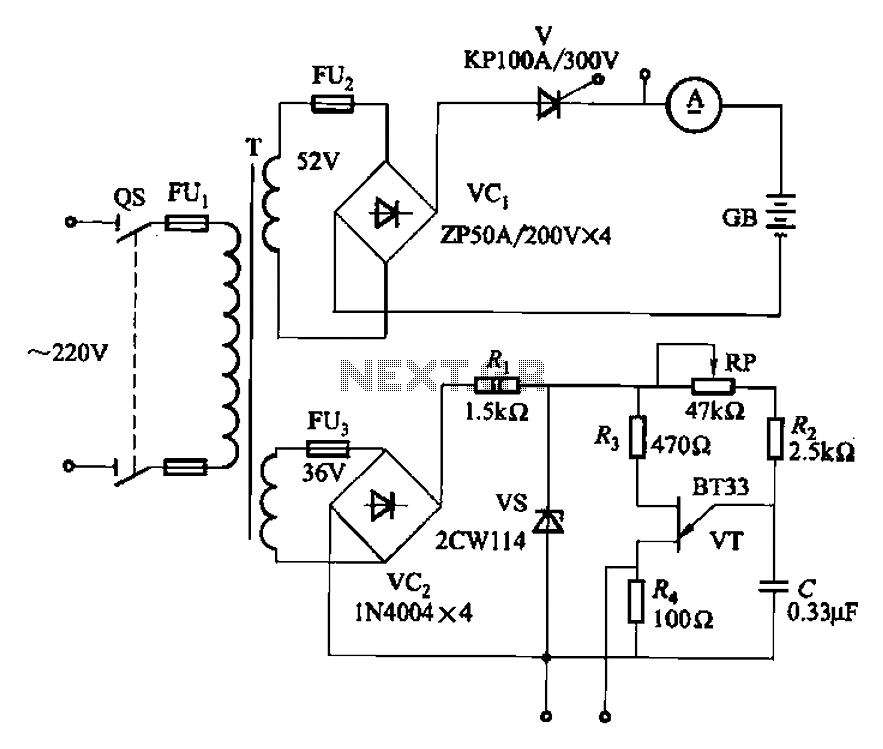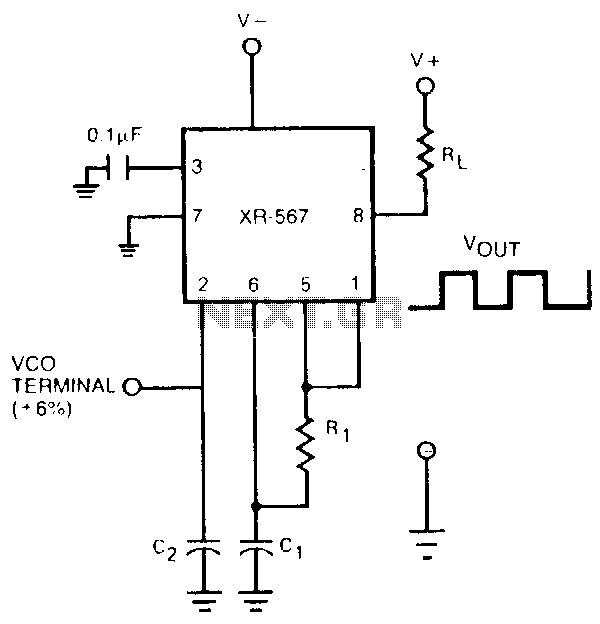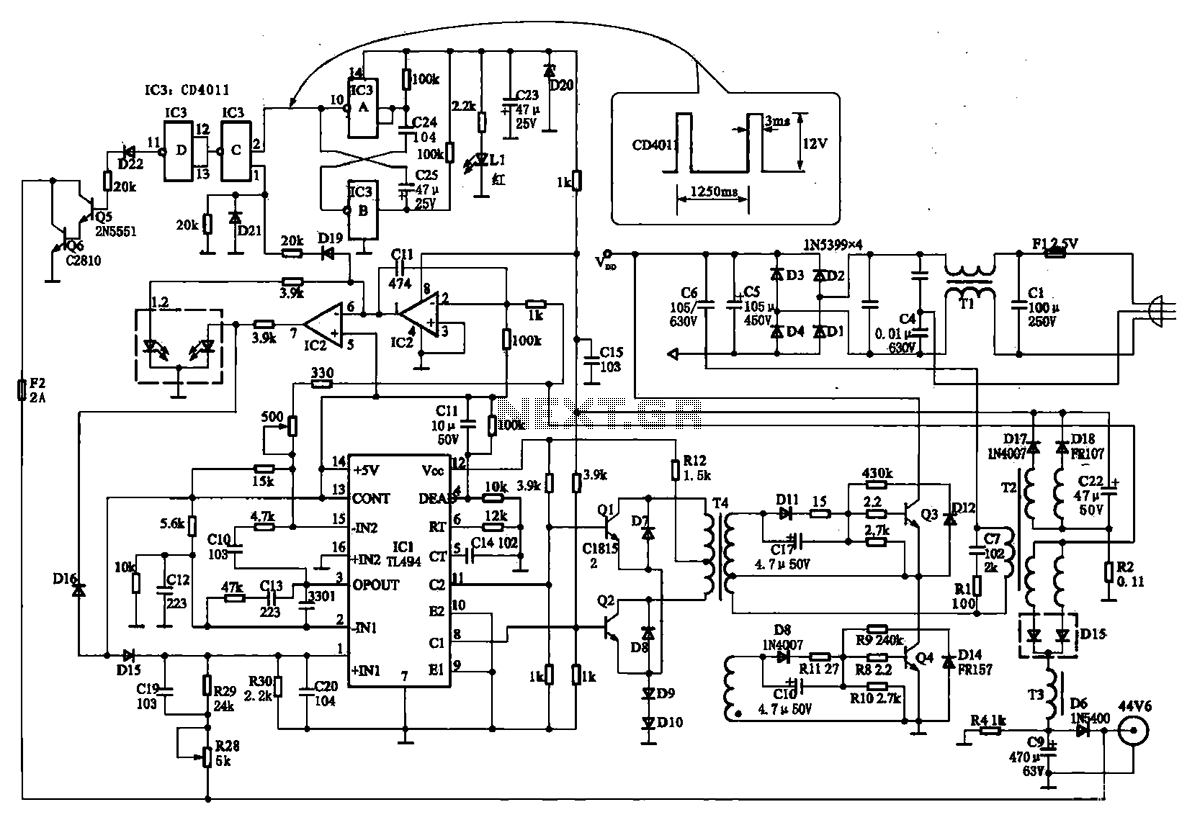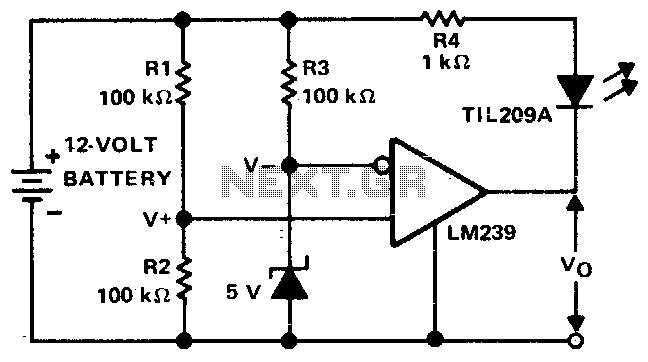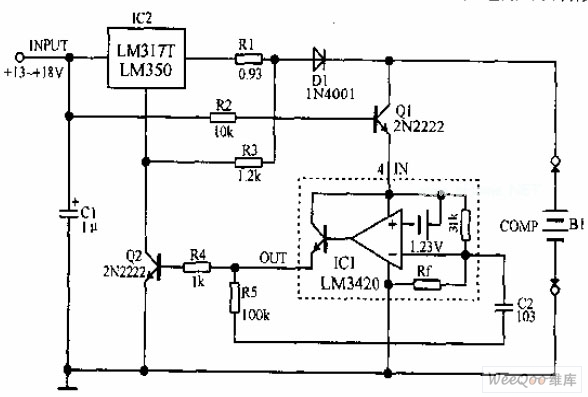
Charging a low-voltage high-C capacitor. Efficiently

The first option is a Zener diode. There are several 2.2V Zener diodes available that could adequately protect the capacitor. However, a significant drawback is that half the energy may be wasted across the diode short. The question arises whether there is a method to regulate the voltage below 2.3V without such a considerable reduction in efficiency. Additionally, some suggestions have been encountered that involve placing a high-ohm resistor in series with the Zener diode, presumably to minimize current through the diode and thus maximize the current into the capacitor. The effectiveness of this approach is in question.
In the context of voltage regulation using a Zener diode, it is essential to consider the operational characteristics and limitations of the Zener diode itself. A Zener diode operates in reverse breakdown mode, providing a stable reference voltage. When used to protect a capacitor, the Zener diode clamps the voltage to its rated value, preventing over-voltage conditions that could damage the capacitor.
The proposed use of a high-ohm resistor in series with the Zener diode serves to limit the current flowing through the diode. This configuration can enhance efficiency by allowing more current to be directed toward charging the capacitor rather than being dissipated as heat in the Zener diode. The resistor acts as a current limiter, thus reducing the power loss associated with the Zener's operation. However, the effectiveness of this method depends on the specific circuit parameters, including the resistance value, the load characteristics, and the input voltage.
To analyze the circuit, consider a scenario where the Zener diode is rated at 2.2V, and the series resistor is chosen based on the desired current flow through the Zener. The resistor value can be calculated using Ohm's law, taking into account the supply voltage, the Zener voltage, and the load requirements.
For example, if the supply voltage is 5V and the desired current through the capacitor is 20mA, the voltage drop across the resistor would be 5V - 2.2V = 2.8V. Using Ohm's law (V = I * R), the required resistance can be calculated as R = V/I = 2.8V / 0.02A = 140Ω. A resistor value higher than this would further limit the current through the Zener diode but may also reduce the charging current to the capacitor, which could be detrimental if the capacitor needs to charge quickly.
In conclusion, while using a high-ohm resistor in series with a Zener diode can potentially improve efficiency by limiting the current through the diode, careful consideration must be given to the resistor's value to ensure that the capacitor receives sufficient current for charging. The overall effectiveness of this approach should be validated through circuit simulation or prototyping to ensure it meets the desired performance criteria.The first option is of course a zener. I actually have a bunch of 2. 2V which would protect the capacitor fine. The problem is, of course, half the energy is going to be wasted across the diode short. Is there any way I can regulate the voltage below 2. 3V without reducing the efficiency so significantly EDIT I`ve seen a few suggestions elsewhere that suggest putting a high-ohm resistor in series with the zener, presumably to minimize current through it (therefore maximising it into the capacitor). How effective would this be 🔗 External reference
In the context of voltage regulation using a Zener diode, it is essential to consider the operational characteristics and limitations of the Zener diode itself. A Zener diode operates in reverse breakdown mode, providing a stable reference voltage. When used to protect a capacitor, the Zener diode clamps the voltage to its rated value, preventing over-voltage conditions that could damage the capacitor.
The proposed use of a high-ohm resistor in series with the Zener diode serves to limit the current flowing through the diode. This configuration can enhance efficiency by allowing more current to be directed toward charging the capacitor rather than being dissipated as heat in the Zener diode. The resistor acts as a current limiter, thus reducing the power loss associated with the Zener's operation. However, the effectiveness of this method depends on the specific circuit parameters, including the resistance value, the load characteristics, and the input voltage.
To analyze the circuit, consider a scenario where the Zener diode is rated at 2.2V, and the series resistor is chosen based on the desired current flow through the Zener. The resistor value can be calculated using Ohm's law, taking into account the supply voltage, the Zener voltage, and the load requirements.
For example, if the supply voltage is 5V and the desired current through the capacitor is 20mA, the voltage drop across the resistor would be 5V - 2.2V = 2.8V. Using Ohm's law (V = I * R), the required resistance can be calculated as R = V/I = 2.8V / 0.02A = 140Ω. A resistor value higher than this would further limit the current through the Zener diode but may also reduce the charging current to the capacitor, which could be detrimental if the capacitor needs to charge quickly.
In conclusion, while using a high-ohm resistor in series with a Zener diode can potentially improve efficiency by limiting the current through the diode, careful consideration must be given to the resistor's value to ensure that the capacitor receives sufficient current for charging. The overall effectiveness of this approach should be validated through circuit simulation or prototyping to ensure it meets the desired performance criteria.The first option is of course a zener. I actually have a bunch of 2. 2V which would protect the capacitor fine. The problem is, of course, half the energy is going to be wasted across the diode short. Is there any way I can regulate the voltage below 2. 3V without reducing the efficiency so significantly EDIT I`ve seen a few suggestions elsewhere that suggest putting a high-ohm resistor in series with the zener, presumably to minimize current through it (therefore maximising it into the capacitor). How effective would this be 🔗 External reference
